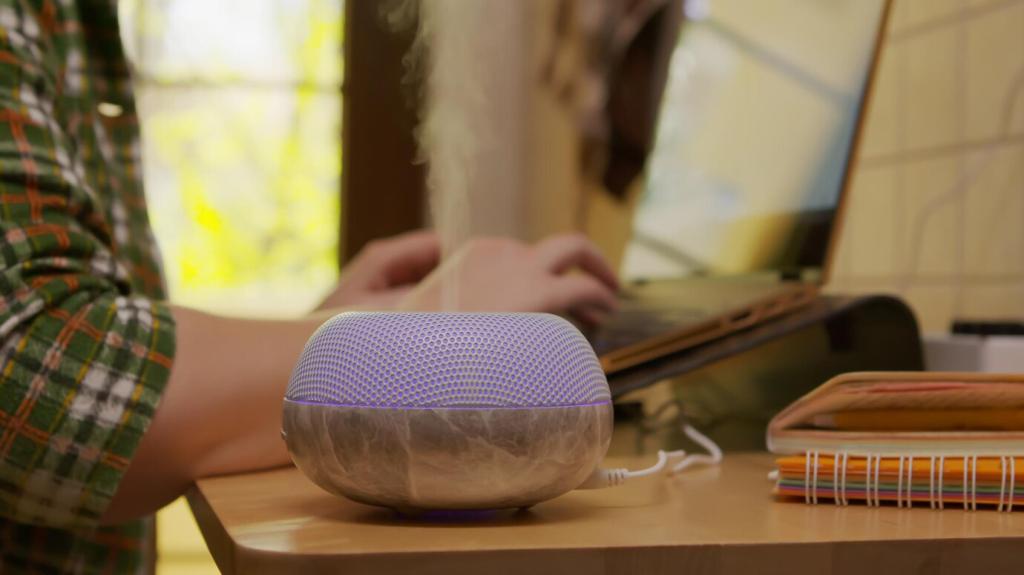Designing Your Meditation Journal
Use repeatable headings: Intention, Minutes, Technique, Mood Before/After, Body Cues, Stress 1–10, Triggers, Buffers, One Insight. Consistency beats complexity. Try it for a week and tell us which field helped most.
Designing Your Meditation Journal
A pocket notebook captures moments instantly; an app turns patterns into friendly charts. Pick whichever you’ll open every day. Tell us your setup—pen and paper, notes app, or a dedicated journaling tool—and why it works.




